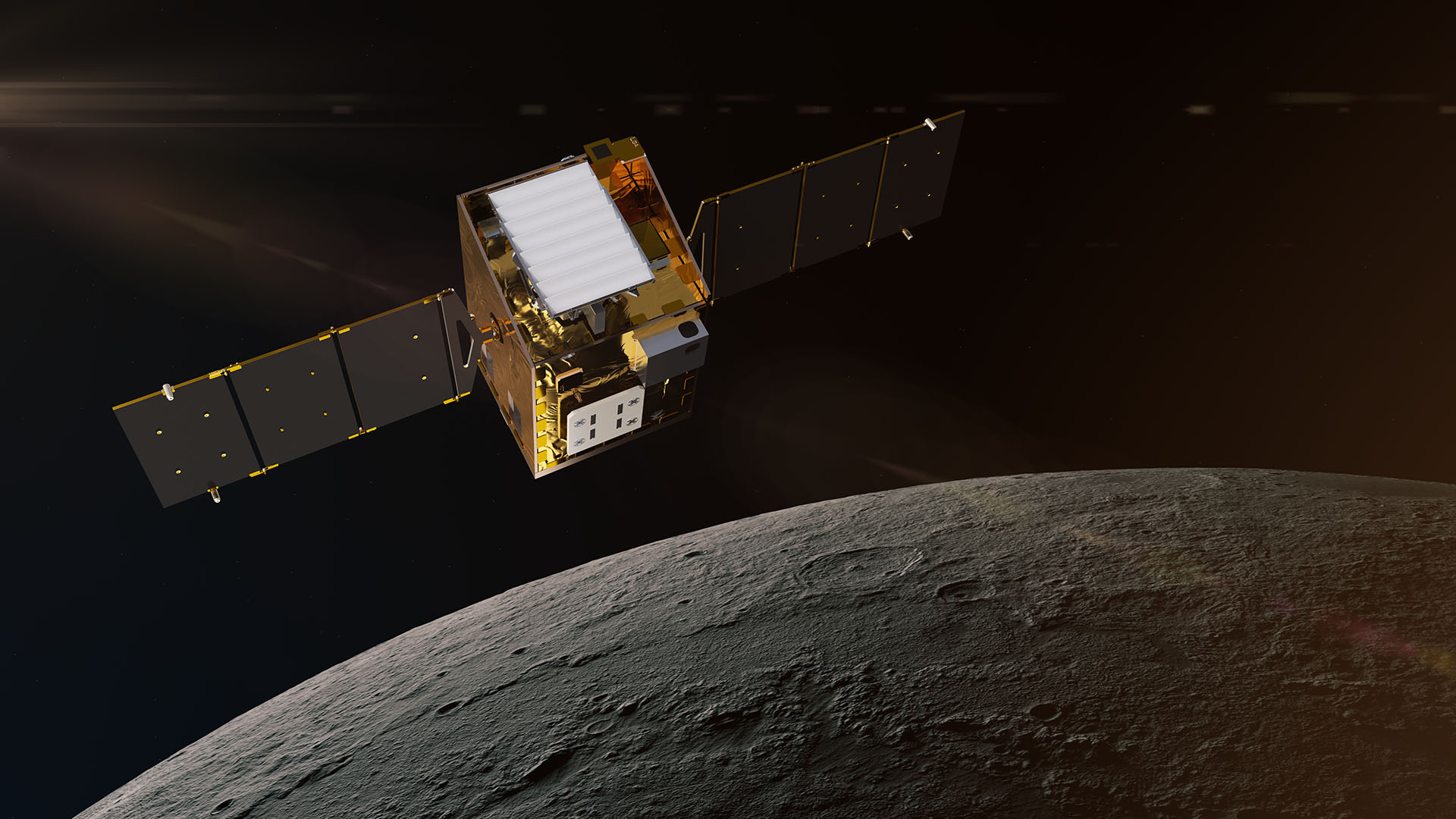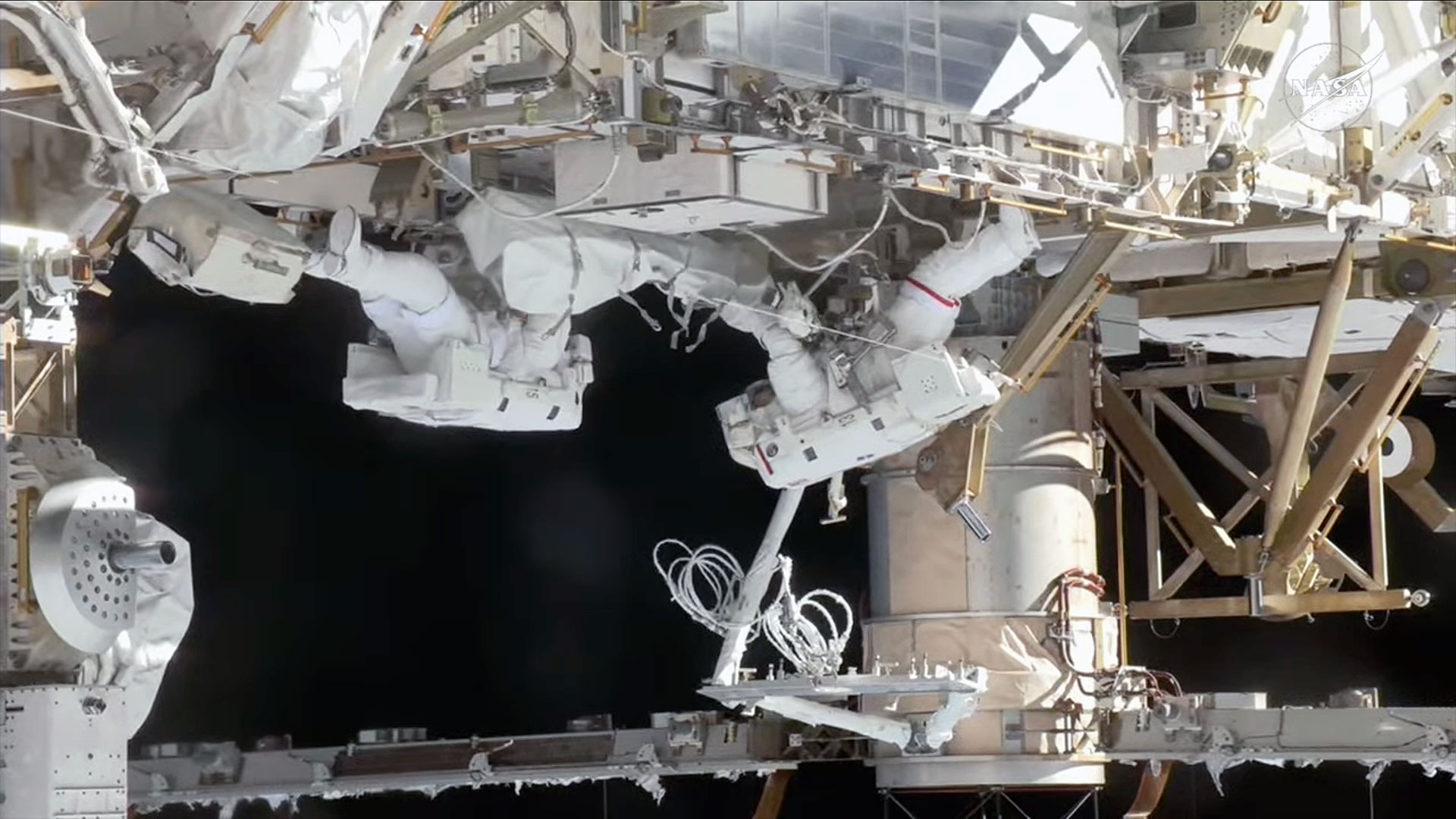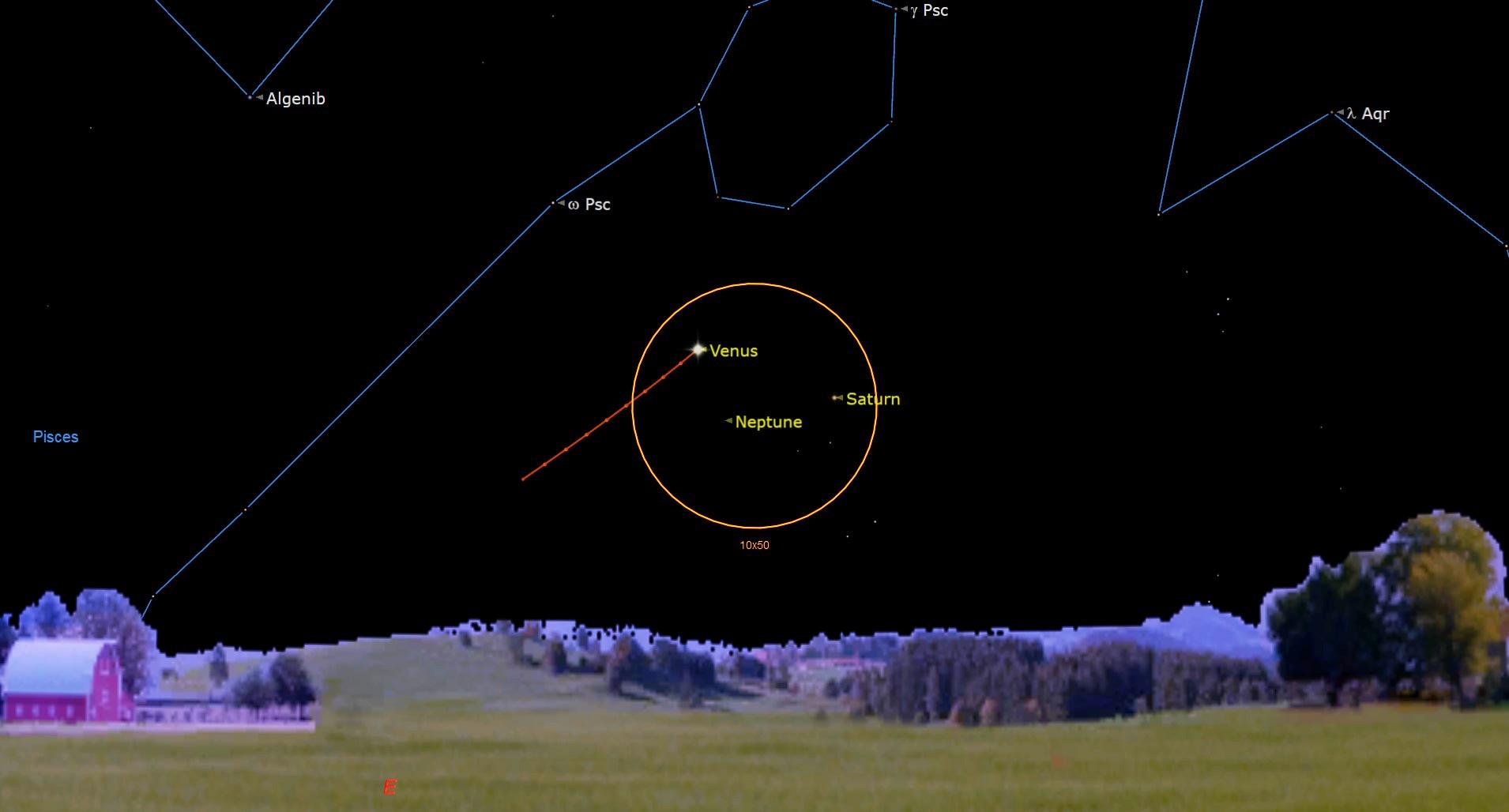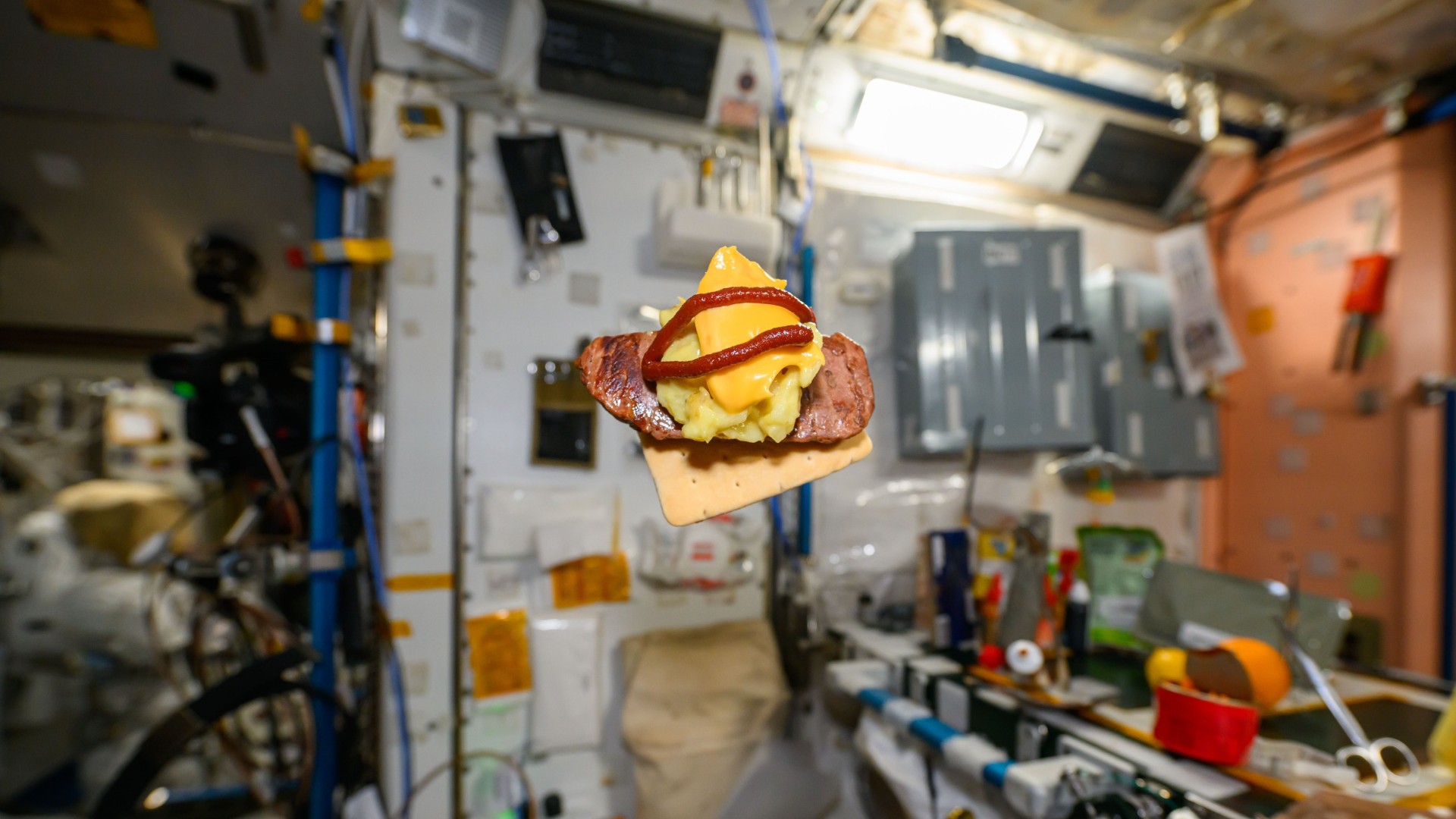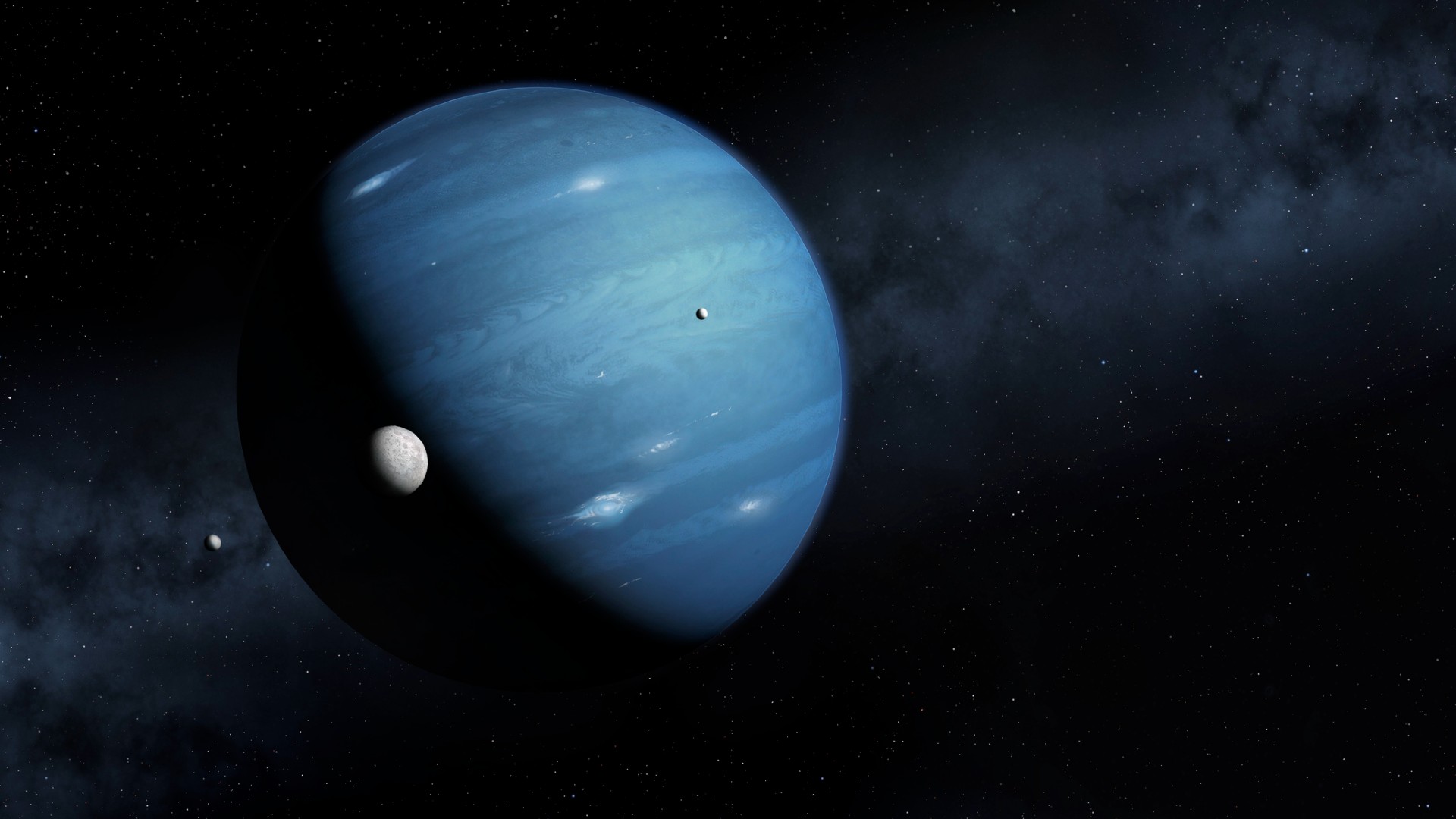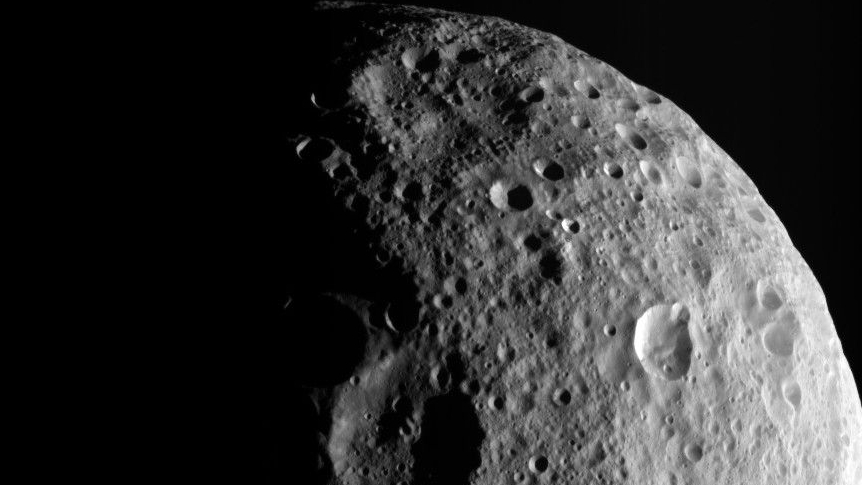See Hurricane Irma Crackle with Lightning in Electrifying Satellite Video
Hurricane Irma looks like a gigantic electrified beast in an amazing new video captured by an Earth-observing satellite.
The video, which is composed of imagery taken by the GOES-16 satellite, shows countless lightning storms crackling within Hurricane Irma day and night as the monster storm churns its way toward Florida.
The movie condenses more than 80 hours of observations — beginning Monday (Sept. 4) at about 8 a.m. EDT (1200 GMT) — into 49 jaw-dropping seconds. [Hurricane Irma in Photos: Satellite Views of a Monster Storm]
"Of interest in this loop is the lightning within Hurricane Irma itself, particularly around the eye of the storm," officials with the U.S. National Oceanic and Atmospheric Administration, which operates GOES-16 along with NASA, said in a description of the video.
"Hurricanes don't often exhibit a great deal of lightning, because their winds are mostly horizontal, not vertical," the officials added. "So, the vertical churning within storms that generates lightning doesn't normally happen."
Hurricane Irma is one of the most powerful storms ever to form in the Atlantic Ocean. As of this afternoon (Sept. 8), Irma was a Category 4 hurricane with maximum sustained winds of around 155 mph (250 km/h).
The storm has battered numerous Caribbean islands, killing at least 23 people as of this afternoon, and it's expected to slam into southern Florida this weekend.
Get the Space.com Newsletter
Breaking space news, the latest updates on rocket launches, skywatching events and more!
NASA has closed its Kennedy Space Center, on central Florida's Atlantic coast, through at least Monday (Sept. 11) to brace for Irma's impact. The storm also forced Puerto Rico's Arecibo Observatory, the second-largest radio dish in the world, to suspend operations for nearly a week. Arecibo will resume scheduled observations Saturday morning (Sept. 9), observatory representatives said today via Twitter.
GOES-16 is part of the Geostationary Operational Environmental Satellite network of Earth-observing craft. GOES-16 gathers a variety of data about our planet's weather, climate and environment, and it also monitors solar activity and space weather. The satellite captured the imagery used in the new video with its Geostationary Lightning Mapper instrument.
Follow Mike Wall on Twitter @michaeldwall and Google+. Follow us @Spacedotcom, Facebook or Google+. Originally published on Space.com.
Join our Space Forums to keep talking space on the latest missions, night sky and more! And if you have a news tip, correction or comment, let us know at: community@space.com.

Michael Wall is a Senior Space Writer with Space.com and joined the team in 2010. He primarily covers exoplanets, spaceflight and military space, but has been known to dabble in the space art beat. His book about the search for alien life, "Out There," was published on Nov. 13, 2018. Before becoming a science writer, Michael worked as a herpetologist and wildlife biologist. He has a Ph.D. in evolutionary biology from the University of Sydney, Australia, a bachelor's degree from the University of Arizona, and a graduate certificate in science writing from the University of California, Santa Cruz. To find out what his latest project is, you can follow Michael on Twitter.
